Seapost -> Scarce Liverpool Marks
Scarce Liverpool Marks
By Mike Dovey and Julian Jones
Anybody collecting Liverpool ship marks will probably know of Alan Robertson's famous book1 originally printed in 1955 as a limited edition of 600 copies with sections A through E. They will also know of the follow-up published by Colin Tabeart in 19972 which updates section E in one smaller book. The Liverpool postal marks were split into three main sections, ship marks "S", packet letters "P", and miscellaneous "M" in order to better catalogue the many marks of that port. For example, the first two Liverpool Packet marks are designated P1 and P2.
Tabeart's book does not attempt to indicate scarcity so this article is just to show some of the rarest and hardest marks to obtain. This is not to say that any other Liverpool marks are not collectable, but these are some of the ones that can empty your pockets. The examples shown start at the lowest "scarce" value and climb upwards, any valuations shown are known values from auctions but these could vary depending on the date and place of the auction. Also the authors must point out that most of the covers are taken from recent auctions and none are from their own collections.
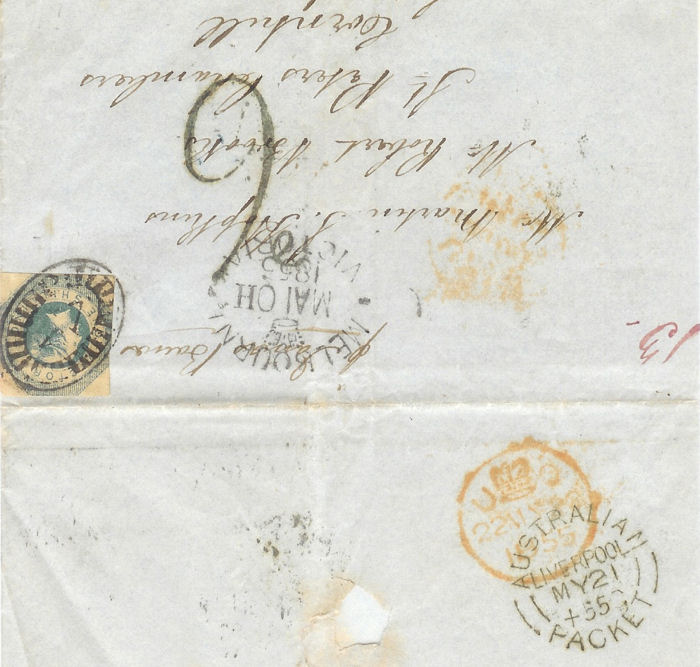
Fig 1. P28 The Australian Packet - £150 plus
Fig 1 shows the P28 Liverpool Australian Packet cancellation in black, used 1855 - 56 and also used in green in 1855 only. Although it was only used for two years on ships mostly belonging to the Black Ball Line and the White Star Line, a lot of mail was carried and the mark is not as rare as the date span would indicate. Good strikes are a little hard to get and these are the ones that attract a premium.
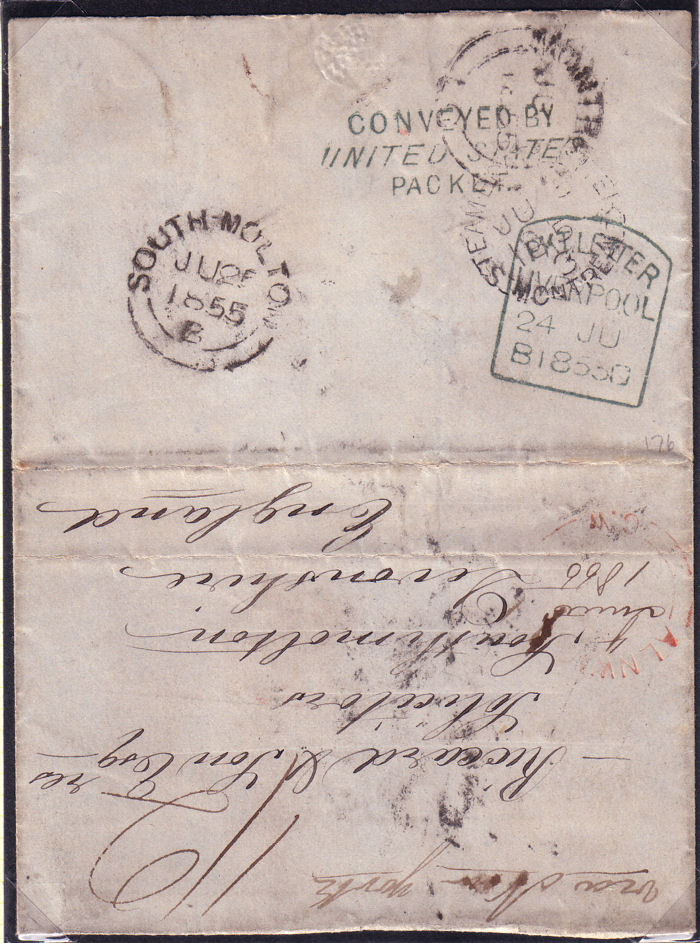
Fig 2. M5 'CONVEYED BY UNITED STATES PACKET' mark
Fig 2. Illustrates an unpaid well travelled cover from 'ALNWICK CW / 4 June 1855' via
'STEAMBOAT LETTER MONTREAL / JU 5 1855 3' to 'MONTREAL L.C. / JU 1855' and onward to New York where it departed 13th June on board
Collins Line's 'Pacific' to arrive in Liverpool on 24th June 1855. There it was struck with a packet mark
'PKT LETTER / LIVERPOOL/ 24 JU / 1855' [Robertson P9]
and a vary rare mark, used only in 1855,
'CONVEYED BY / UNITED STATES / PACKET' [Robertson M5]
seen only on letters carried by the Collins Line.
Because of a reduction in frequency of Cunard service to Canada and the USA due to requisition of its ships for the
Crimean War, letters from Canada could be sent via New York (US Packet) for a fee of 1s 2d (1/2) rather than the usual fee
via Halifax NS (British Packet) of 8d per ½oz. This rate was set out in GPO Instruction No 71 1854 - a bargain at £150 plus
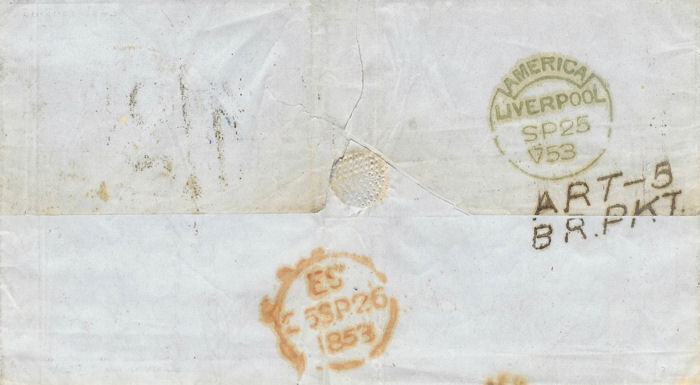
Fig 3. M6 The ART - 5 BR.PKT mark - £225 more or less
Fig 3 shows the M6 Liverpool miscellaneous ART - 5 B.R.PKT mark used 1849 - 60 in black or green although no marks have been seen prior to 1851 which was the beginning of the new rates introduced by the US Post Office for west to east coast mails and distances over 3000 miles. Although the mark has an eleven year date span good copies are rare hence the valuation. It was used in conjunction with a packet mark, on this occasion a Liverpool P5 struck in green and dated 1853.
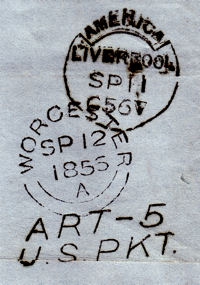 The ART-5 marks were used to indicate post office exchange accounting between the USA and Great Britain under the
Anglo-American postal treaty of 1849. Since the amount to be exchanged between post offices depended on which
country had contracted the ship carrying the mails, the mark incorporates B.R. PKT or U.S. PKT depending on
carriage by US or GB contracted vessel.
The ART-5 marks were used to indicate post office exchange accounting between the USA and Great Britain under the
Anglo-American postal treaty of 1849. Since the amount to be exchanged between post offices depended on which
country had contracted the ship carrying the mails, the mark incorporates B.R. PKT or U.S. PKT depending on
carriage by US or GB contracted vessel.
Fig 4 illustrates an unpaid cover charged at 1/2½d due for the treaty rate from the west coast between July 1st 1851 and end June 1863. The 1/2½ hand stamp (M68) is quite common, as is the AMERICA / LIVERPOOL packet mark (P5).
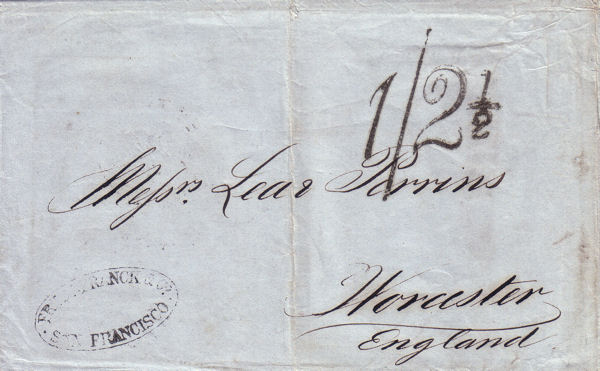
Fig 4. Liverpool M68 rate mark on an 1856 cover from San Francisco with the above
ART - 5 U.S. PKT. mark (M8) on the reverse - another £225.
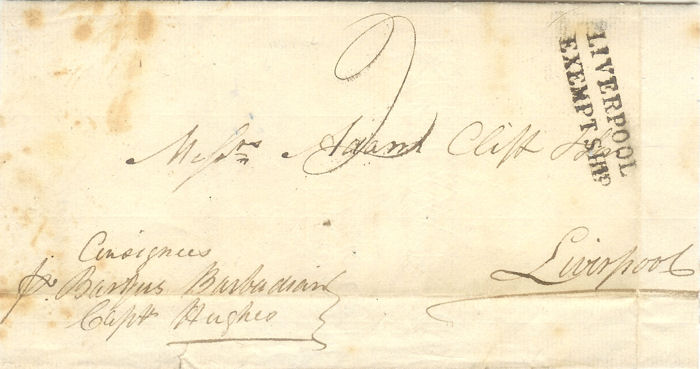
Fig 5. EXSL 1 The Liverpool Exempt mark - £500 or around that figure
Fig 5 shows the EXSL 1 Exempt Ship Letter cancellation. It was proofed on the 4th September 1840 and used in black until 1864. The mark was added to consignees' letters addressed to the port of landing. Such letters paid no ship letter or inland rate, although there was still a 2d charge due to the Post Office to recompense for the Master's Gratuity. The mark was in use for 24 years but on rare occasions and good copies are hard to find, hence the premium value placed on a good example.
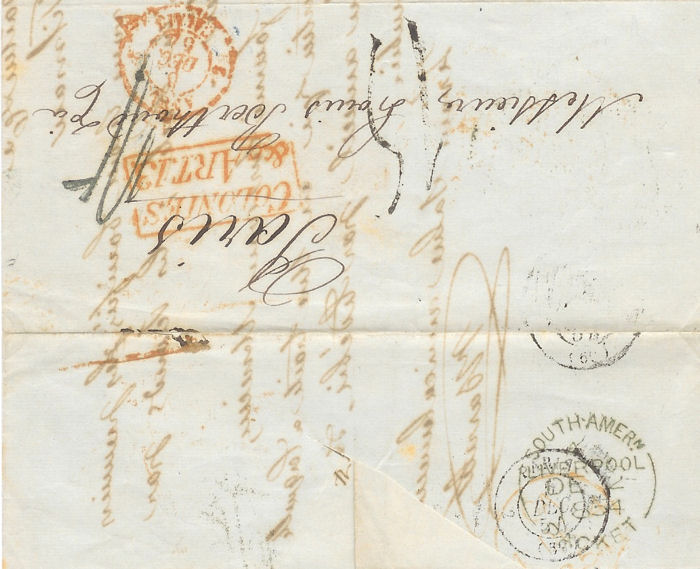
Fig 6. P27 The South American Packet mark - £550 or probably more.
Fig 6 shows the P27 Liverpool South American packet cancellation used on only three occasions on the 2nd December 1854, the 4th January 1855 and the 28th February 1855. The mark is stated as used on the four voyages that the shipping company3 made but the mark was not used on the first voyage and the cover shown is dated from the second voyage which landed at Liverpool on the 2nd December 1854. The landing on the 4th January 1855 has the cancel with indices A B & C and therefore the post office must have had three date stamps to deal with the mail on that day. After the 4th voyage which landed on the 28th February 1855 the ships of the line were requisitioned for the Crimean War. When that war ended that service to South America by the shipping company was never restarted. This mark is one of the rarest and the value shown is probably at the bottom end of the scale.
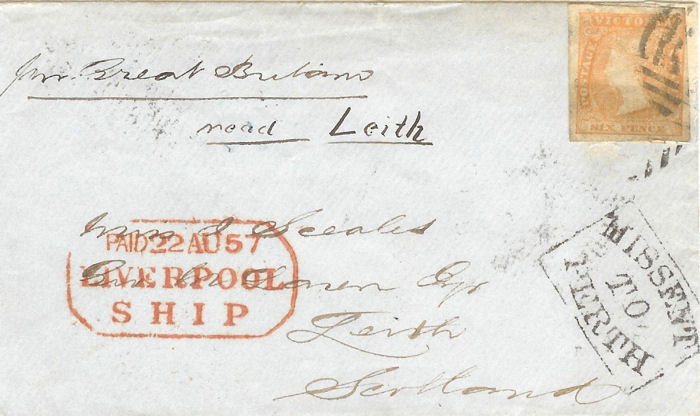
Fig 7. S17 The Paid Liverpool Ship mark - £1000, an average valuation.
Fig 7 shows one of the rarest cancellations, the S17 Paid Liverpool Ship mark, only in red, used on one day only, the 22nd August 1857 when Brunel's ship the SS Great Britain docked at Liverpool with a mountain of mail to sort. It is thought that there was also mail landed from the P&O ship SS Simla and the Cunard ship SS Jura so every mail clerk and every date stamp was pressed into service to clear the enormous mountain of mail. Someone in the office decided to resurrect the old S16 ship letter cancel which had not been used for two years. He added the word "PAID" to the top line and used it for the day and when finished he dismantled the mark never to be used again. The example shown was purchased for £450 but another example was recently sold at auction for £1400 and so £1000 is an average value. [See TPO Journal Volume 63 page 74, Autumn 2009.] Note however that in Cavendish Auction Sale 643, this cover was lot 491 where it was noted that the the cover is "... franked by a Victoria 6d orange (does not belong but the correct franking), having a superb strike of the rare octagon-framed red 'PAID 22AU57/LIVERPOOL/SHIP' mark".
There are other marks of Liverpool which are rarer and just as valuable but the above is just a hint of what you could buy with £4000 on a good day if they were available, which of course they are not! But we can all dream of such an occurrence happening.
Mike Dovey was the Society's Auction Manager for many, many years.
References
[1] A History of the Ship Letters of the British Isles, Alan W Robertson, 1955, limited edition of 600 copies,
reprinted for a further 100 copies, containing updates, by H Hayes in 1973.
[2] Robertson Revisited, Colin Tabeart, 1997 edition,
James Bendon Ltd, Limassol, Cyprus
[2a] Robertson Revisited, A Supplement, Colin Tabeart, TPO & Seapost Society, 2012
[3] South American and General Steam Navigation Co - Buenos Aires to Liverpool

